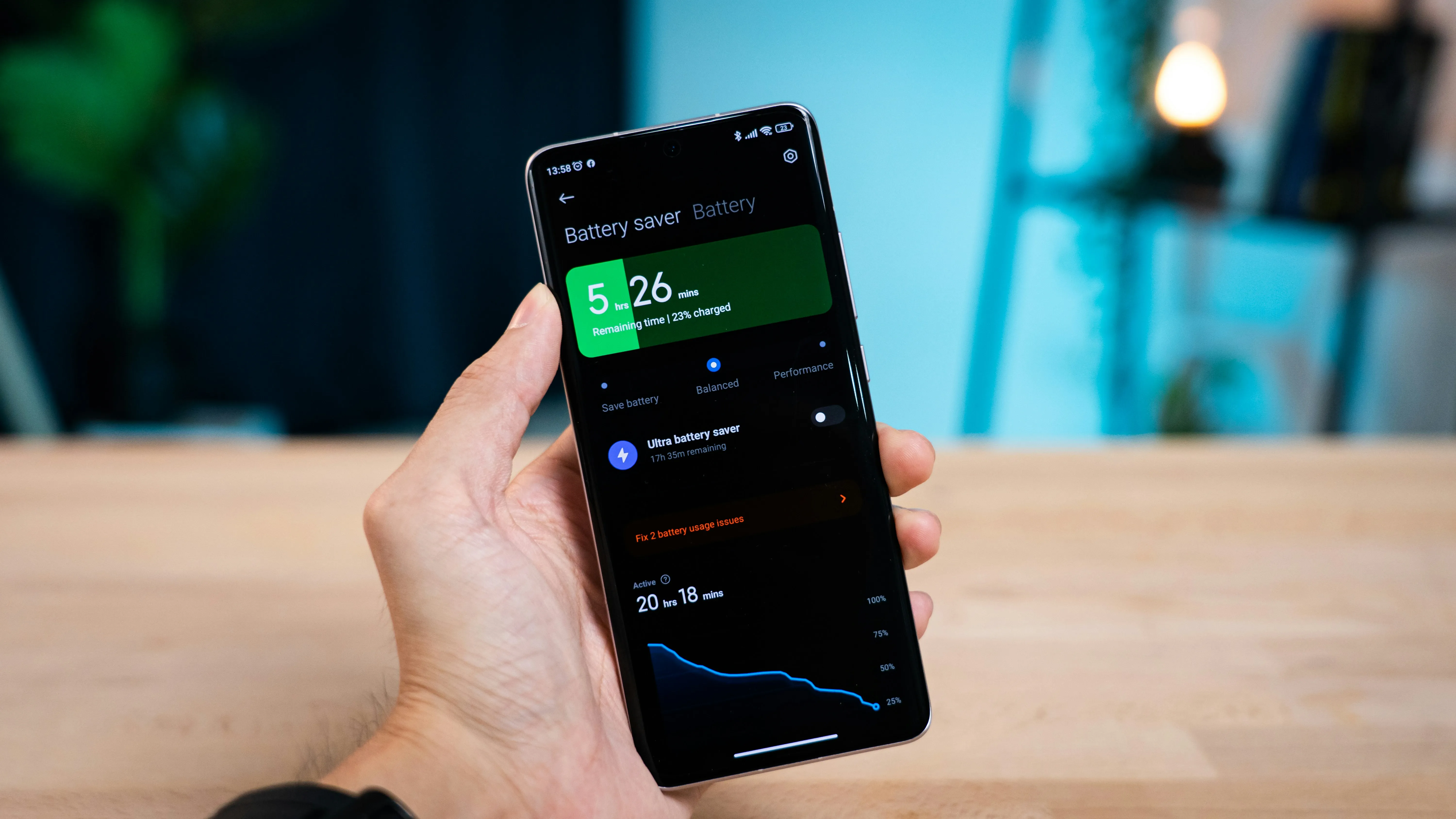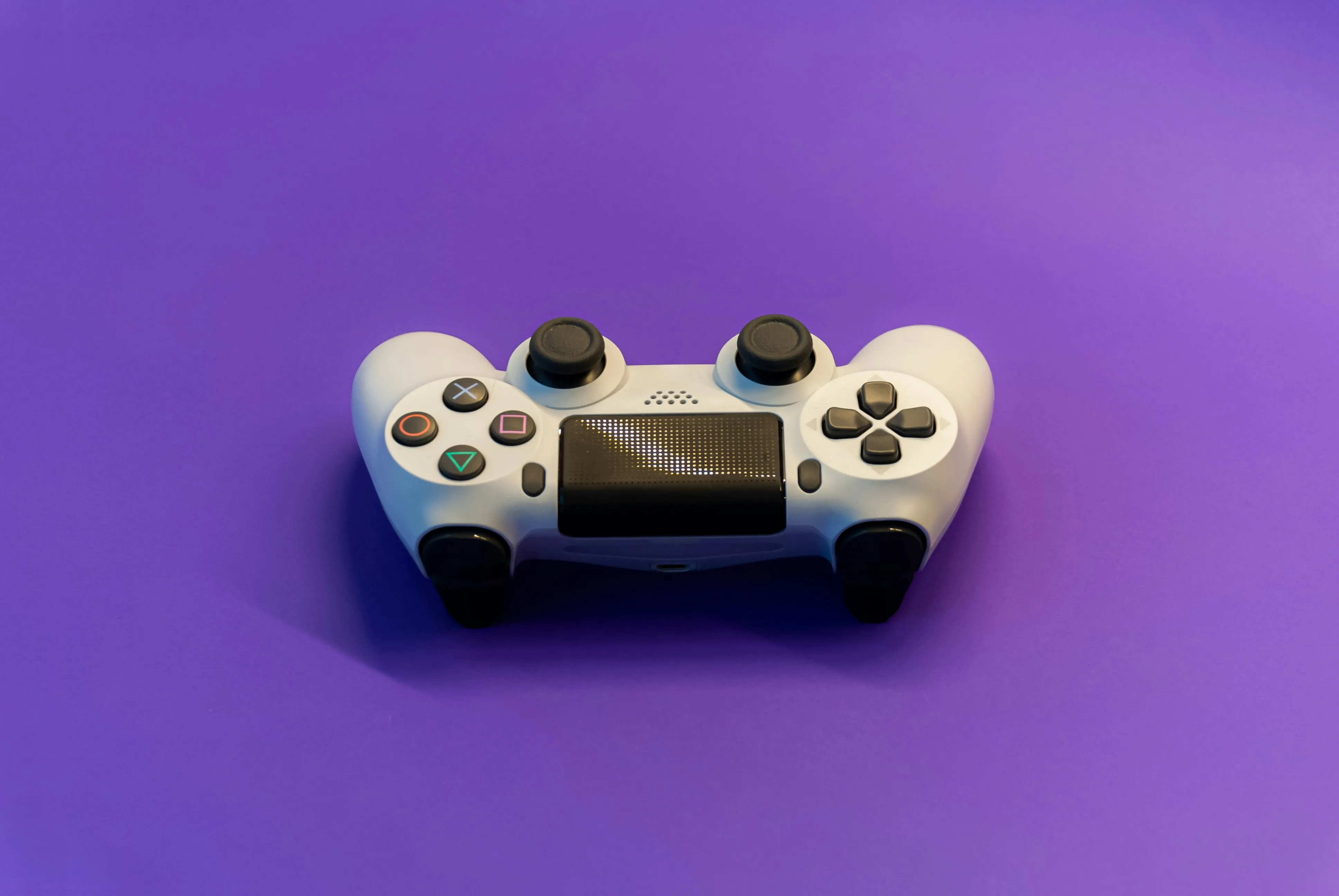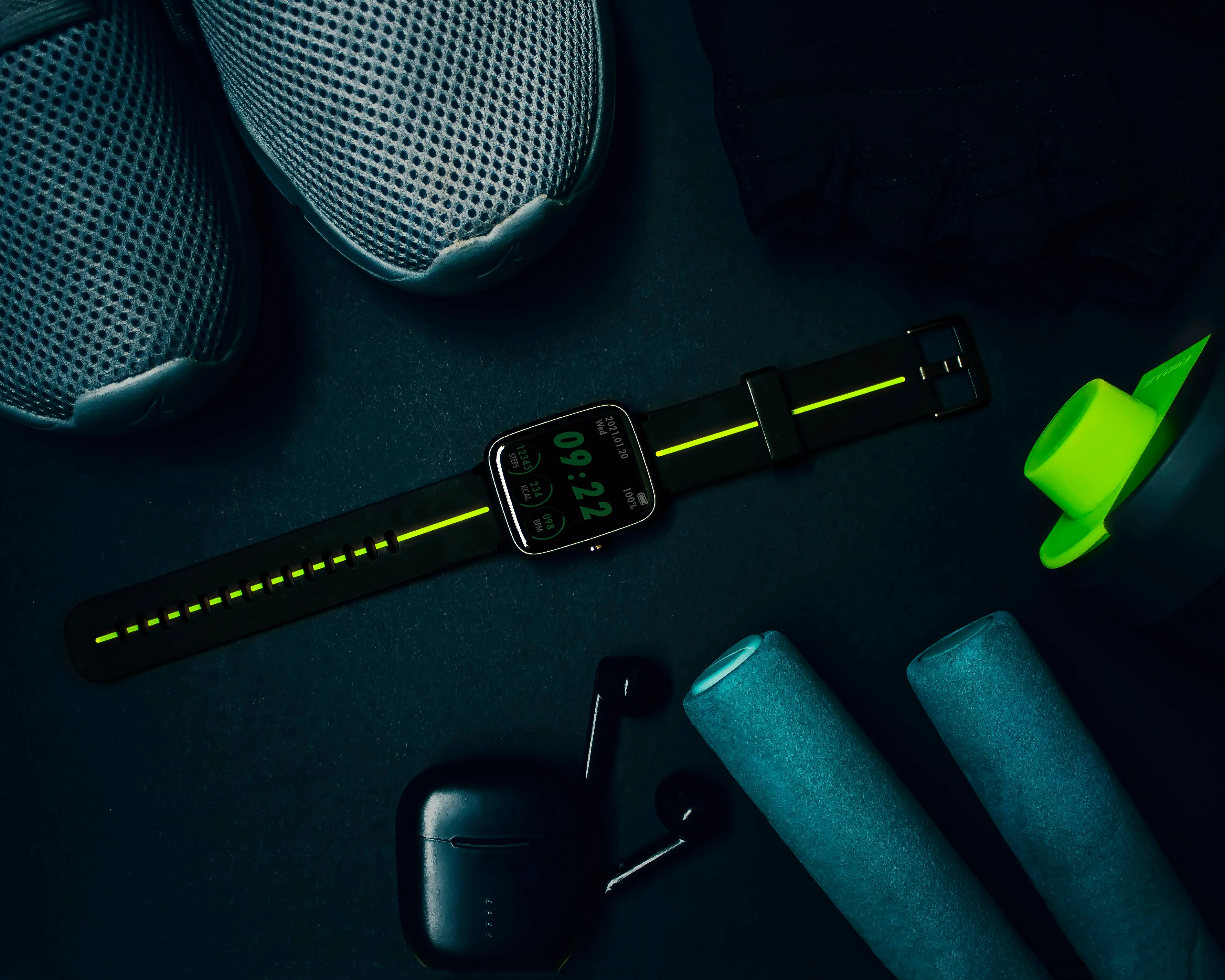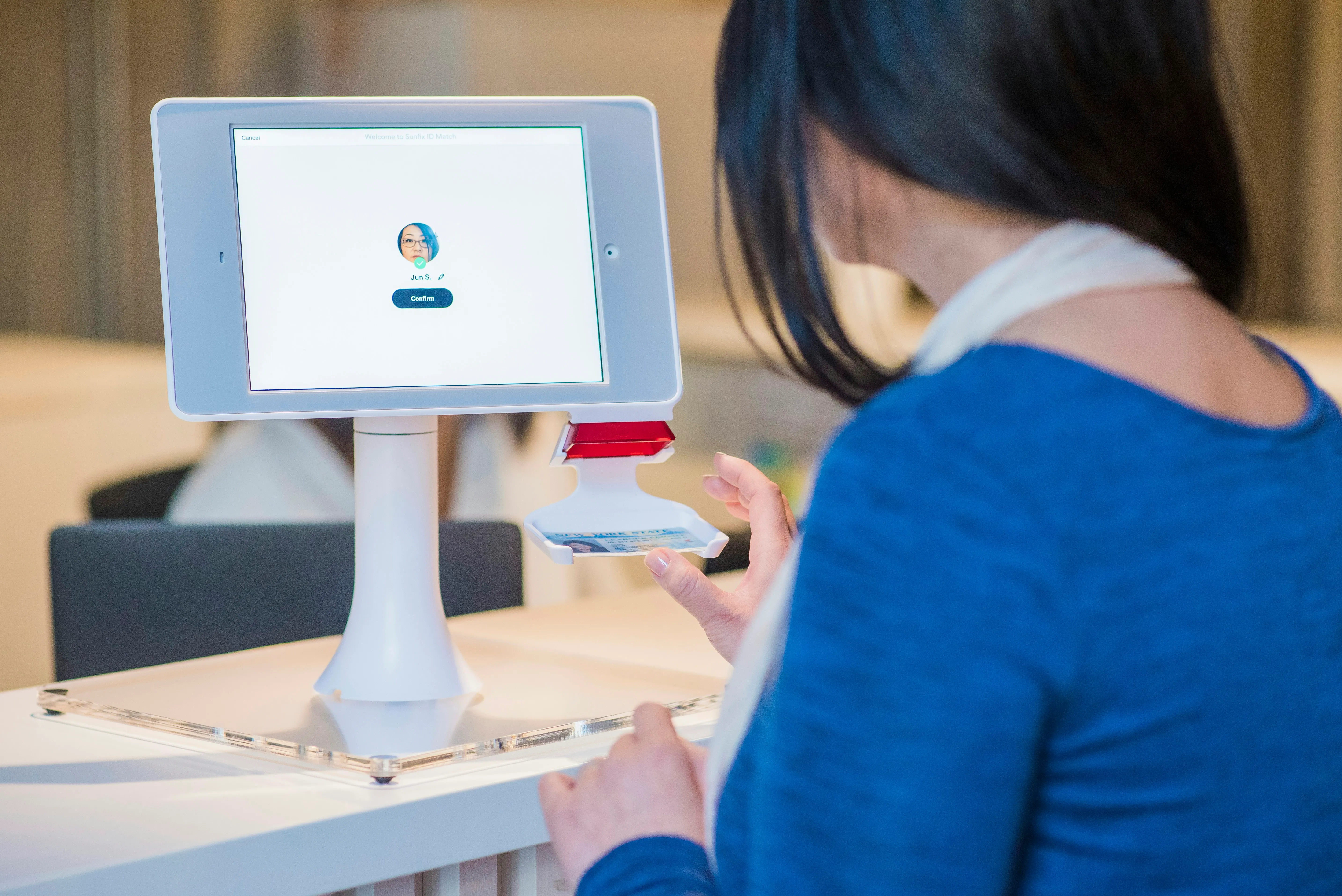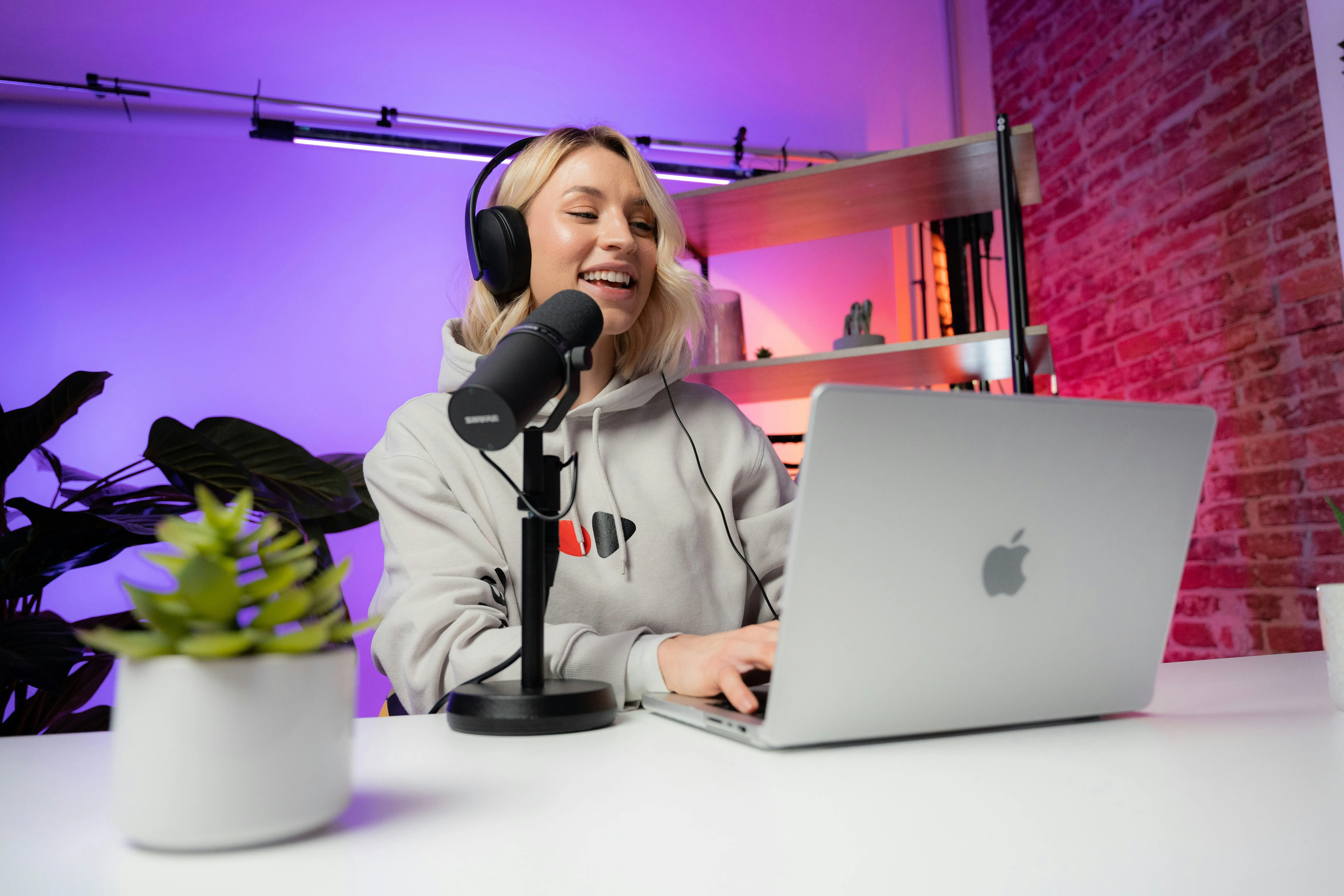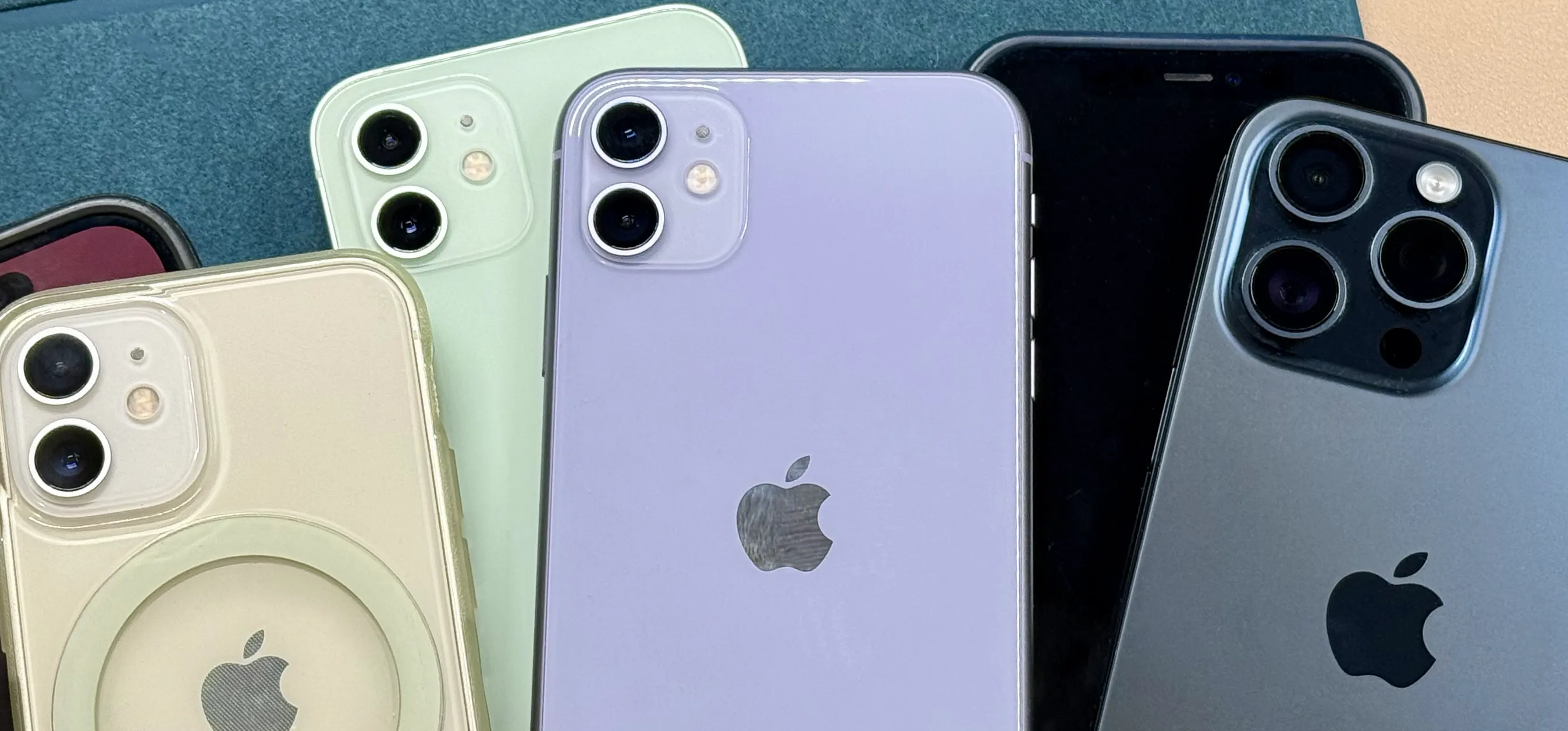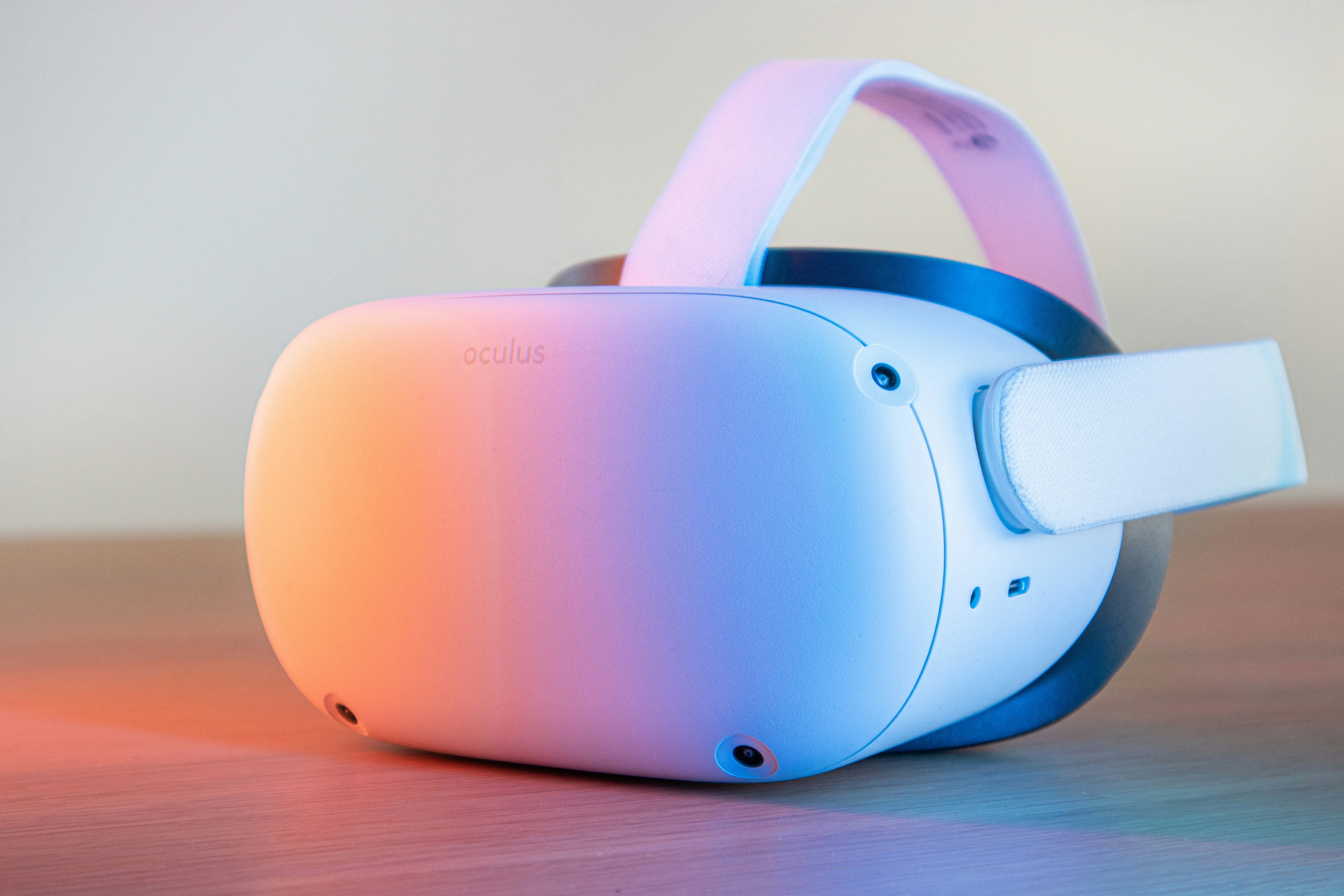How-To Guides about Vision & Hearing


how to
Vision Hack: How to See Clearly Without Your Glasses or Contacts


how to
The Trick to Hearing Your Friends Better at Loud Clubs & Concerts (And Having Them Hear You)


how to
Annoying Song Stuck in Your Head? Here's the Trick to Eradicating Those Musical Earworms


If you've ever listened to your loved ones sing in the shower or watched a few minutes of American Idol, you would think that the majority of the population is tone deaf. In reality, only about 4 percent of the world's population suffers from tone deafness, or the inability to distinguish between different pitches.

Now I am 39. But anywhere I go people always thought that I was a twenty girl. It's not because I've dressing and acting like one twenty but they took a look at all of my appearences. Also this not happened coincidentally but I do fight and tried any positive ways to make it. Surgery? Oh no.


Attention all optometrists and ophthalmologists— there's a new tool in town, and it's called the Diaton Tonometer. Diaton's tonometer is an easy-to-use and accurate instrument for measuring intraocular pressure (IOP) through the eyelid, which makes it simple to diagnose patients with glaucoma during the early stages, so that immediate treatment and medicines can be administered. This transpalpebral tonometer is handheld, pen-like and no-contact, which provides absolutely no risk of infection....


This video is training for the Diaton Tonometer, a great new instrument for optometrists and ophthalmologists to diagnose glaucoma by measuring intraocular pressure (IOP) through the eyelid. This method of measurement makes it easy to diagnose patients with glaucoma during the early stages, so that immediate treatment and medicines can be administered. There's no anaesthetic drops to put in the eyes, and this is a easy-to-use, handheld, pen-like and no-contact transpalpebral tonometer, which...


Everyone has an iPod or other mp3 player nowadays, and of course you always want to listen to your music. However, if you're not careful, you could end up damaging your hearing. Follow these tips, and you'll be enjoying your music to a ripe old age!


If you're a first year medical student, this is one of the skills you will be learning when training to become a doctor or physician— the ophthalmoscopic exam, which is an instrument for visually inspecting the retina and other parts of the human eye. Every doctor will carry an ophthalmoscope around in his/her pocket daily, so it's necessary that this would be one the first things you should learn in medical school. See how to examine the undilated eye, in five steps.


Are you spending too much time on the computer? Are your eyes tearing up, and are you getting headaches from staring too much at a computer monitor? BM Chan will show you how to relieve the tension in your head and eyes with acupressure. Just rub your face in the right areas, with the right amount of pressure, and you'll be feeling calm and soothed in no time at all!


Computer eyestrain can hurt productivity, but it's easy to prevent if you take a few precautions.You Will Need* A properly lit workspace* An LCD monitor* A copy stand* Computer glasses* An anti-glare screen or computer hood (optional)


Watch this video tutorial from QQContacts.com to learn how to insert and wear contact lenses in six easy steps.


Try these simple fixes to salvage your specs. Learn how to fix your eyeglasses with this helpful guide.


Nothing is worse than having a contact slide under your eyelid. Okay, there are worse things. But this is one you easily can avoid. Check out this Howcast video tutorial on how to put in and remove contact lenses.


how to
How to Relax your tired eyes Looking at videos can produce eyestrain. Staring at a computer all day can produce eyestrain. Our eyes can become tired. There is hope! Eye fitness relaxation practices are helping millions. They are simple to incorporate and easy to learn. In this video Dr. Roberto Kaplan introduces you to the world of relaxation for your eyes. Enjoy.


how to
How to Make a glass eye Walter Johnson and the Denver Optic Company are proud to present a short film documenting the eye-making process as "seen" through the perspective of the patient, as well as the ocularist.


What is a cataract? A cataract is the clouding of that internal lens of the eye which is normally clear. That internal lens helps focus light as it comes through the pupil that when a lens starts becoming a little cloudy, patients sometimes complain that their vision seems a little foggy. There are certain risk behaviors that you can avoid to reduce the risk of getting cataracts. Get professional tips and advice on cataracts in this medical how-to video.


If you are an optometry or opthalmology student, this is the perfect how-to video for you. Watch these these seven videos and learn how to test a patients vision with a refracting machine using plus lenses. It's a little difficult to describe the controls used for refracting because every instrument is set up differently. If possible, refer to a manual for the specific refracting instrument that you'll be using. This vision tutorial will walk you through all the parts of a optical refracting...


If you are an optometry or opthalmology student, this is the perfect how-to video for you. Watch these these seven videos and learn how to test a patients vision with a refracting machine. It's a little difficult to describe the controls used for refracting because every instrument is set up differently. If possible, refer to a manual for the specific refracting instrument that you'll be using. This vision tutorial will walk you through all the parts of a optical refracting instrument, sphere...


Are you concerned about your hearing or that of a loved one? Learn about hearing loss, hearing tests and hearing aids from an audiologist in this free health video series.


Taking care of contact lenses and tips for cleaning a contact lens. Learn about eye-care, solution, and better vision in this free video.
Featured On WonderHowTo:
Productivity & Shortcuts


Taking care of eyeglasses, cleaning the lenses, and caring for the frames. Learn about eyeglasses care with tips and techniques on optics and optometry.


Regular cleaning of an in-the-ear hearing aid is essential so the sound can escape and be heard. A hearing aid plugged with ear wax prevents proper functioning of the device by making it sound dead or broken. Watch this video tutorial to learn how to clean a hearing aid from an audiologist.


If there's a sudden hearing loss without an apparent loud noise cause, an ear inflammation may be the culprit. Doctor Katz, Surgeon Director of Manhattan Eye, Ear & Throat Hospital, explains the varying causes of hearing loss such as inflammation, bacteria, and a virus, and the corresponding treatments for each cause. Watch this video tutorial to learn how a sudden hearing loss without a loud noise cause is treated.


The Rinne test uses a tuning fork to test for hearing impairment. Watch this video to learn how this test is performed.


Having good vision is important especially for soldiers on the battle field. Watch this video on how to treat eye injuries with irrigation, drops and ointments.


This video contains recommendations and warnings about cleaning one's ears.
Featured On WonderHowTo:
Music & Audio


This video provides you with a short and informative guide on how to choose glasses for blind spots. Thick rims and sides can get in the way of your vision, so watch this video and make sure you choose the right glasses for the occasion.


Advanced welding machine normally used for jewelery repair. Short clip showing how microscopic TIG welding repairs eyeglass frames by fusing metal surfaces directly to each other. High definition footage shot with a mixture of HV10 and HV20 cameras.


how to
How to Put in contact lenses In this vision series on video, learn how to put in and take out your contact lenses properly.


how to
How to Wear contact lenses In this video series, our expert optometrist, Dr. Edward Weaver will show you how to wear contact lenses.


how to
How to Adjust eye glasses In this video series, our expert Lab Technician David Carver, will demonstrate how to adjust eyeglasses.


Low vision therapist Diane Michels share tips on how to improve what you can see for people with low vision challenges. Ideas like improving lighting by using lighter lampshades or dusting light bulbs, shields for your computer monitor to reduce glare, and contrasting colors for up close work are among the ideas shared.
Featured On WonderHowTo:
Augmented Reality


Want to get better at seeing in the dark? This video by Sam Noyoun will give you ten steps to improve your natural night vision. This method is used in the military to help soldiers at night time.


Many people find it hard to cope with hearing loss. Don't let hearing loss limit your enjoyment of life. Get help in choosing the proper hearing device.


In this video series, Susan Bellone, an expert in biofeedback, teaches how to prevent eye strain and headaches when working at a computer. Learn how to rest your eyes, how to take commercial breaks, how to stretch arms, how to roll shoulders, how to walk around and other stress relieving techniques. Don't let your job get the best of you. Learn how to breaks and stretch in order to minimize impact and maximize efficiency.





